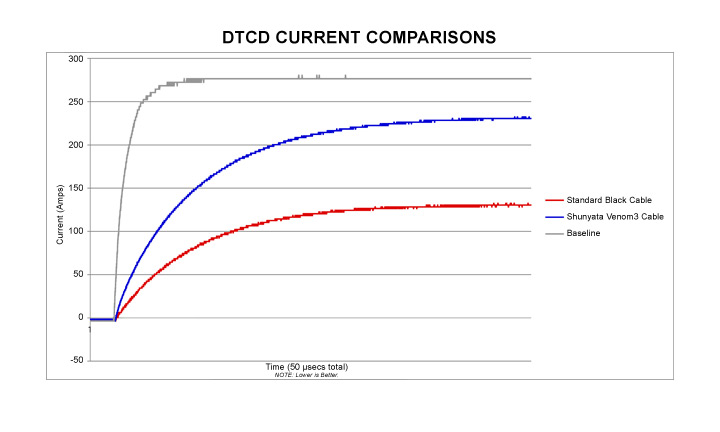MattHooper
Grand Contributor
- Joined
- Jan 27, 2019
- Messages
- 10,236
- Likes
- 17,670
He folks,
There is a new video (Absolute Sound) of a Shunyata factory tour:
That video itself may not interest too many here, but in discussing this on another forum I was pointing out that, as far as I know, Shunyata has not
provided any evidence of their product measurably/audibly improving an actual audio signal. As Amir always points out in his reviews, that is of course
what we actually care about.
Here are a couple of responses that purport to provide such evidence:

 shunyata.com
shunyata.com
Here is an "unpaid" video testimonial from someone in a recording studio.
I'm not concerned with the standard "we all heard a difference" stuff, but he does make some claims using measurements at around: 3:17 in to the video.
He describes measuring the the noise floor of the output of a loop - DAC to mastering console to the ADC: - 108 dB(z)
With the Shunyata cabling they measured: - 118 dB(z)
So drop of 10dB noise floor "across all frequencies." Inner crosstalk was reduced by -3dB. Harmonic distortion was also reduced by a small percentage.
He then says some would argue that the noise floor was already below human perception. But as they raise volume levels, add processors etc, this can increase the residual noise floor 20dB or more, well in to the audible noise range:
Now, audiophiles are generally not putting their signal through chains of processors and mastering consoles. So this still seems to me of dubious benefit in the average system. Also: the gentleman in the video doesn't IIRC tell us what exactly he measured at the output of that chain, and how he measured it (e.g. what measuring device).
However, I'm no EE so what do you more knowledgeable folk have to say about these particular claims?
There is a new video (Absolute Sound) of a Shunyata factory tour:
That video itself may not interest too many here, but in discussing this on another forum I was pointing out that, as far as I know, Shunyata has not
provided any evidence of their product measurably/audibly improving an actual audio signal. As Amir always points out in his reviews, that is of course
what we actually care about.
Here are a couple of responses that purport to provide such evidence:

DTCD® Technology - Shunyata Research
DTCD® Technology The Shunyata Research DTCD® Analyzer is the first and only power analyzer designed specifically to measure the differences between AC power cables, wires and connections. We interrupt our regularly scheduled analog programming for this important message: Shunyata Research’s...
Here is an "unpaid" video testimonial from someone in a recording studio.
I'm not concerned with the standard "we all heard a difference" stuff, but he does make some claims using measurements at around: 3:17 in to the video.
He describes measuring the the noise floor of the output of a loop - DAC to mastering console to the ADC: - 108 dB(z)
With the Shunyata cabling they measured: - 118 dB(z)
So drop of 10dB noise floor "across all frequencies." Inner crosstalk was reduced by -3dB. Harmonic distortion was also reduced by a small percentage.
He then says some would argue that the noise floor was already below human perception. But as they raise volume levels, add processors etc, this can increase the residual noise floor 20dB or more, well in to the audible noise range:
Now, audiophiles are generally not putting their signal through chains of processors and mastering consoles. So this still seems to me of dubious benefit in the average system. Also: the gentleman in the video doesn't IIRC tell us what exactly he measured at the output of that chain, and how he measured it (e.g. what measuring device).
However, I'm no EE so what do you more knowledgeable folk have to say about these particular claims?

